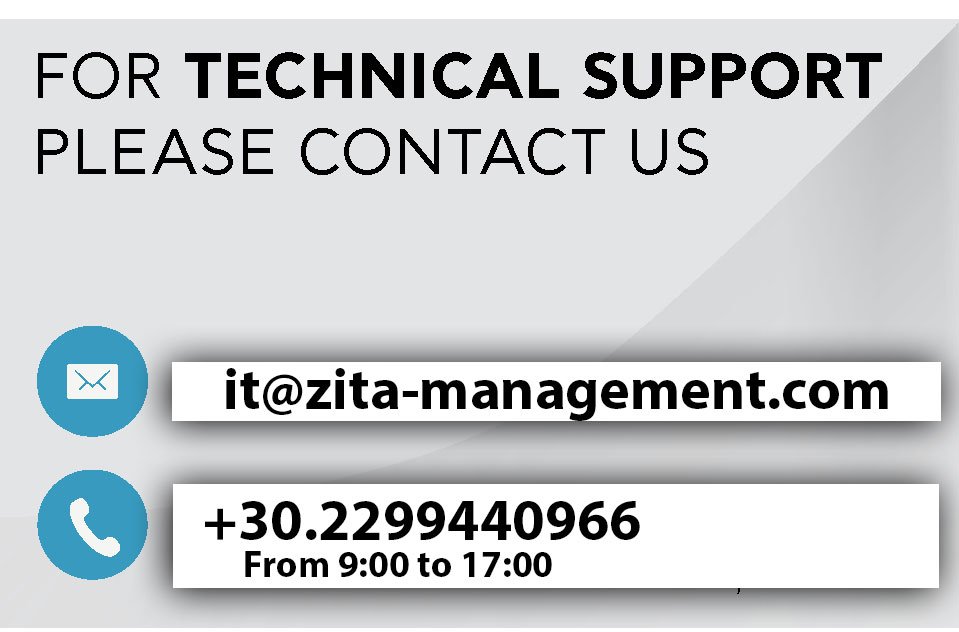Barriers in cardiac rehabilitation in patients after myocardial infarction.
Abstract
Introduction: Despite the benefits (decrease in mortality, reduction in readmissions) offered by cardiac rehabilitation
(CR), it seems that patients after acute myocardial infarction (AMI) face obstacles that make it difficult to participate
in CR programs.
Aim: To identify and highlight the barriers and the factors of non-participation of patients after AMI in CR programs.
Material and Methods: The database PubMed was searched by using the appropriate keywords: «participation»,
«barriers», «factors» and «myocardial infarction», were used in conjunction with the term «cardiac rehabilitation». The
selection criteria were studies: a) conducted in humans, b) published in the last decade, c) conducted in adults and d)
published in English.
Results: From the literature search a total of 1799 studies were found, of which only 11 were finally selected. All studies have shown that barriers to CR can be classified into two main categories: 1) Patient-related barriers where women,
the elderly, singles, the unemployed, smokers and patients with co-morbidities have lower participation rates, as well
misconceptions, low fitness, low income- low level of education and lack of insurance coverage influence negatively.
2) Barriers related to the health system such as the difficulty of accessing the rehabilitation center, the low quality of
health care provided and the lack of information and training by health professionals.
Conclusions: Τhe participation of patients in a CR program after AMI encounters several obstacles. Need to create more
CR centers, cover costs from insurance funds, further training of population and encourage patients to participate



